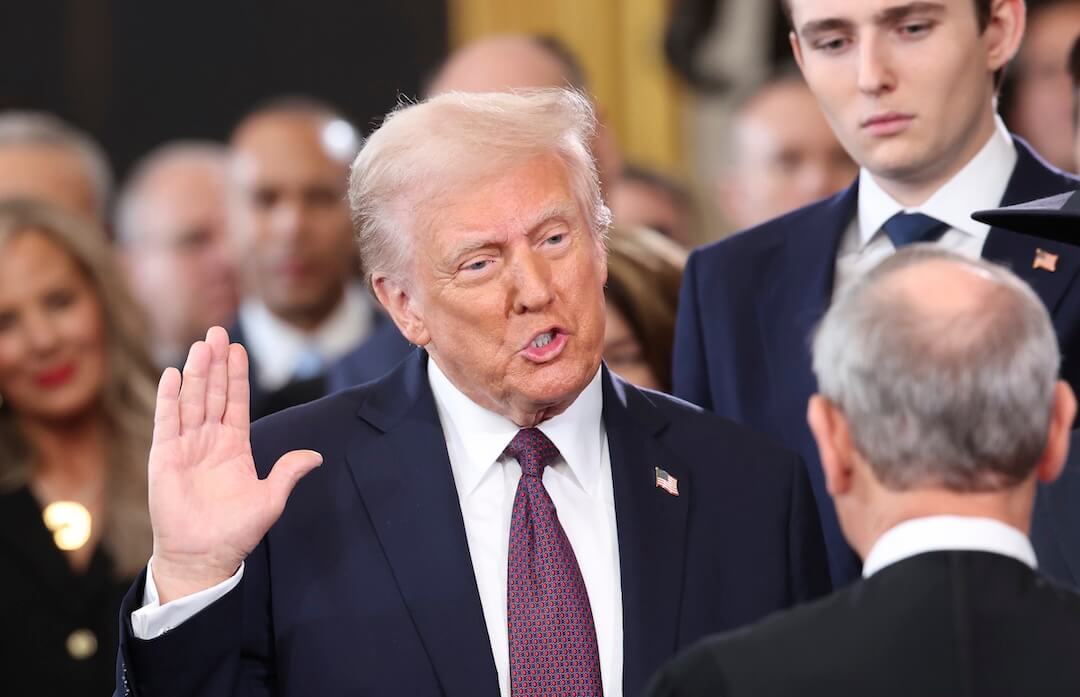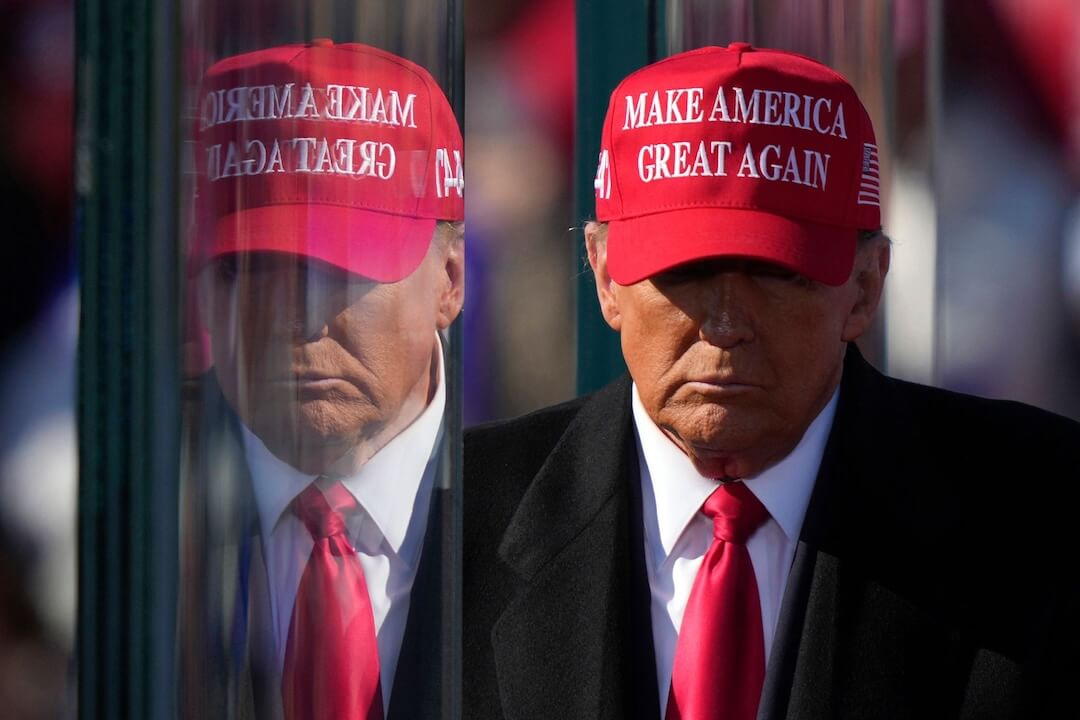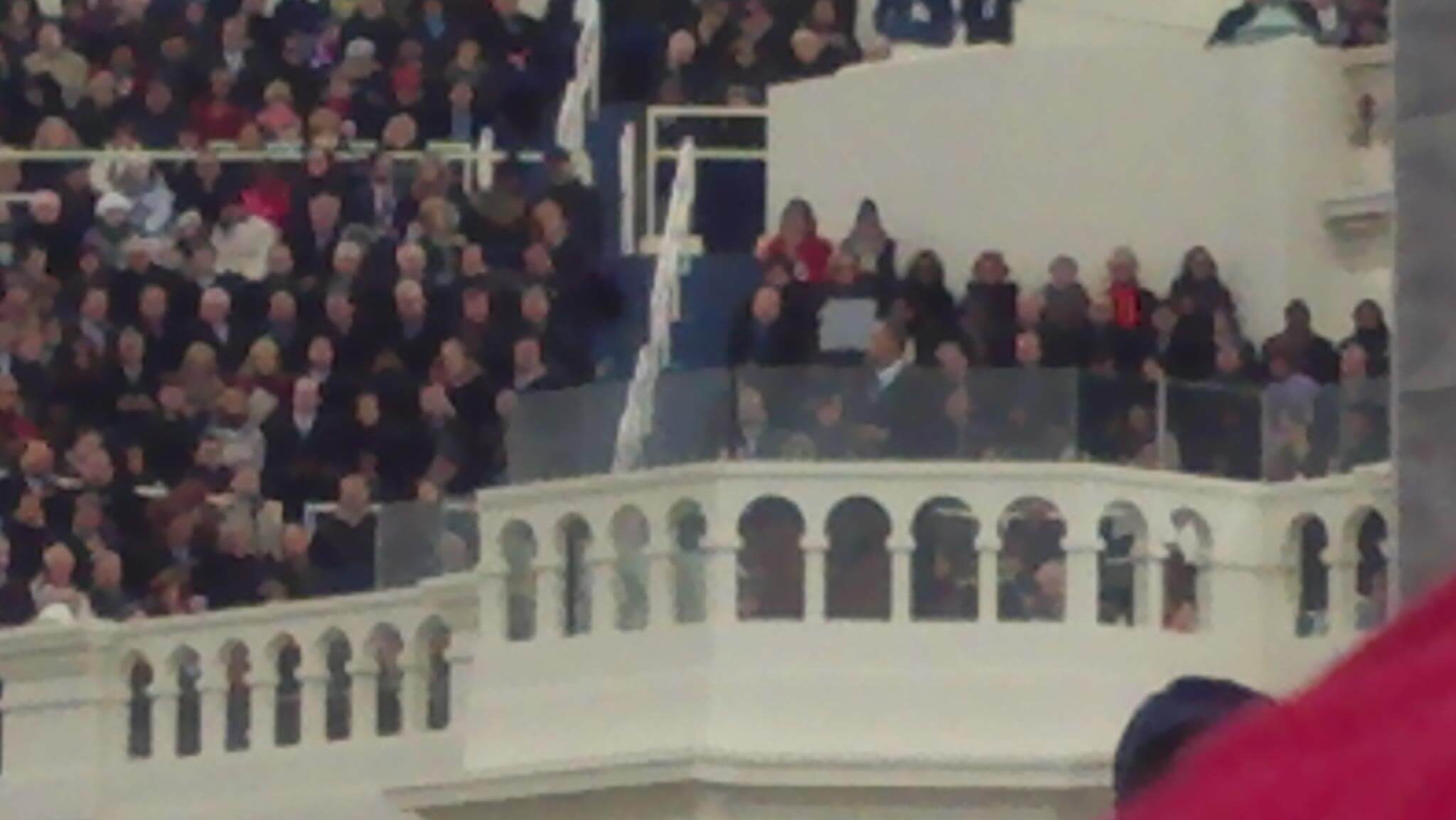After Donald Trump’s election, the media whipped itself in public for failing to recognize just how much support he had outside of America’s biggest cities.
Reuters is trying to fix that disconnect in part by appointing a special correspondent dedicated exclusively to covering the United States beyond the Beltway.
Tim Reid, a national affairs writer for Reuters, has been selected to be Reuters’ first Rust Belt correspondent. He’ll be covering America’s Midwest and Southeast, with a special focus on economic change and government policy, said Jason Szep, Reuters’ National Editor.
“We looked at this pretty closely, and we thought it was a politically and culturally important area of America that really deserved more intensive coverage,” Szep told Poynter. “We wanted to get beyond the typical approach of parachuting a correspondent into the region for a few days or a week and start to really understand it.”
Reid, who joined Reuters from the Times of London in 2010, will get plenty of firsthand experience on his new job. He’ll move from city to city, spending months-long stretches in each place to immerse himself in the community. This is a novel approach for Reuters, designed to give the newswire’s coverage of America lived-in authenticity.
Related Training: Finding and Nurturing the Secret Stories Others Miss
“It gives us an opportunity to get up close and start to really see how this region ticks,” Szep said.
Reid’s appointment is the latest in a series of moves made by the mainstream media to better understand rural and conservative America in the wake of President Trump’s upset victory. In December, The Washington Post announced that political reporter Dave Weigel would begin covering the far-right and far-left movements on Capitol Hill. The New York Times earmarked $5 million for coverage of President Trump, and several organizations have launched features to help readers break free of their ideological bubbles.
Amid the continued decline of confidence in media among news consumers, Reuters has taken a couple of steps to signal transparency and trustworthiness to its readers. On Jan. 31, Reuters Editor-in-Chief Steve Adler wrote an article explaining to readers how the news agency would cover President Trump the Reuters way. The essay explained that Reuters would “get out into the country and learn more about how people live” and rely less on access granted by the administration. Reuters now links to its Trust Principles at the bottom of every article and began in April an initiative called Backstory that sheds light on the wire service’s reporting process.
It’s all part of an attempt to bring more readers into the tent of Reuters journalism, Szep said.
“I think we have to understand all voters better,” he said. “It is very important that we understand the nuances behind the voting. More broadly, the media collectively didn’t acquit itself very well, really digging under the surface of this part of the country. We were, in some ways, left with caricatures of angry voters, older White men, without really reporting about the nuance of that anger.”
Szep acknowledged that a single correspondent isn’t going to erase the disconnect between journalists and rural voters. But it will give Reuters an opportunity to examine whether people in places like Ohio, West Virginia and Michigan — states that Donald Trump carried — will respond to the results of his promise to deliver jobs to their regions.
Reuters plans to do that will polling, Szep said, along with some still-in-the-works ideas on new story formats.
“He’ll examine how the changes in healthcare policy are playing out on the ground,” Szep said. “He’ll look at what tighter immigration control will mean for businesses and workers. But he’ll also leave a certain amount open for stories we don’t know about.”






